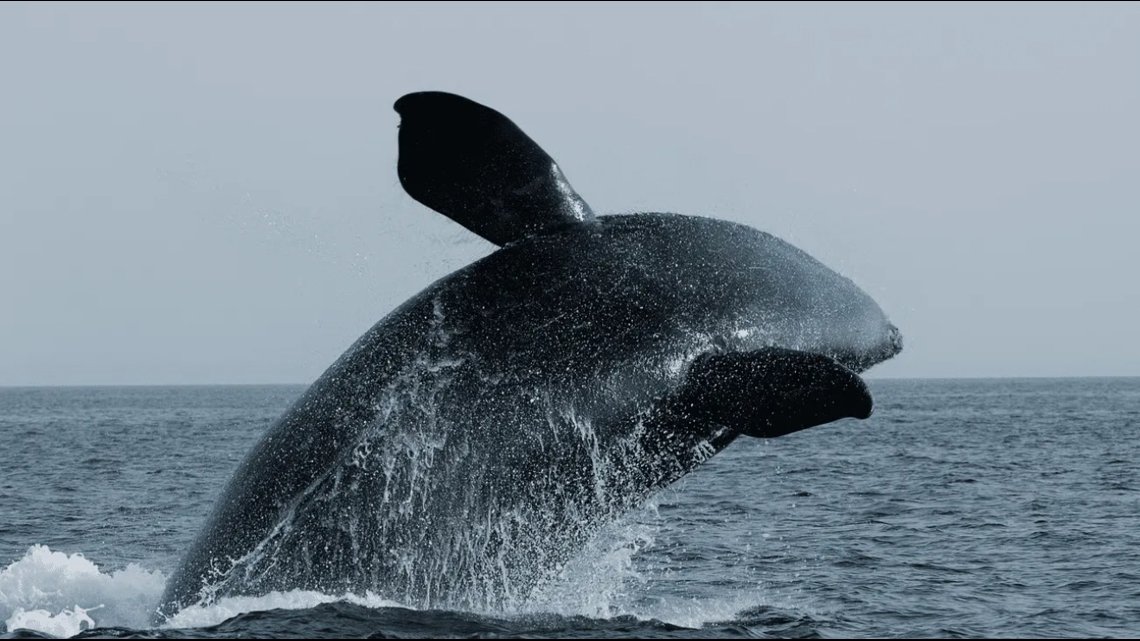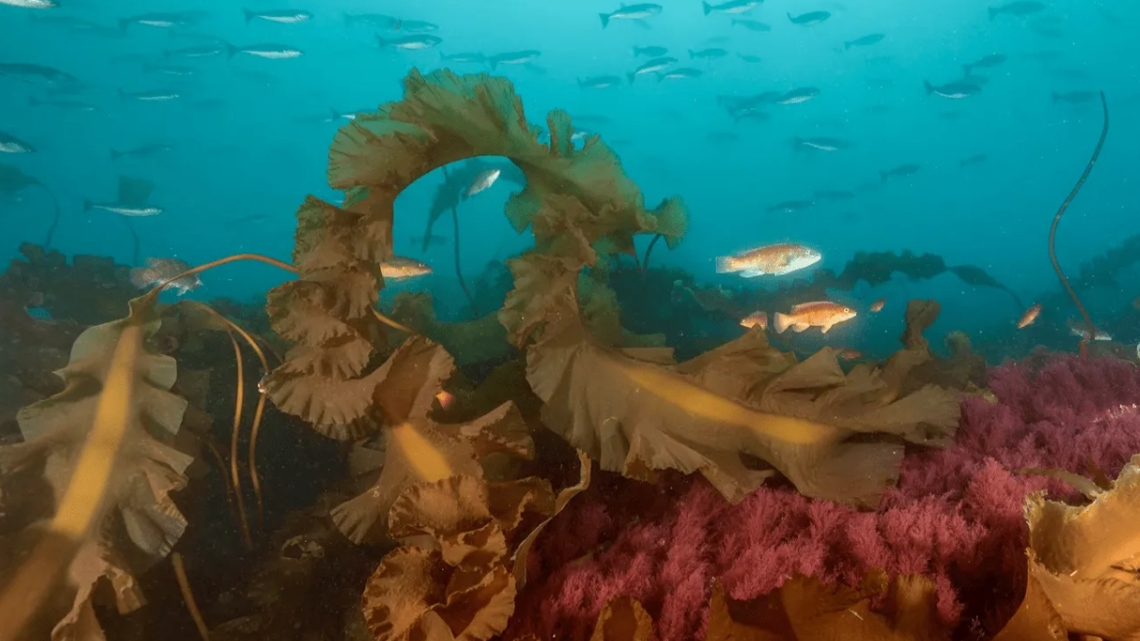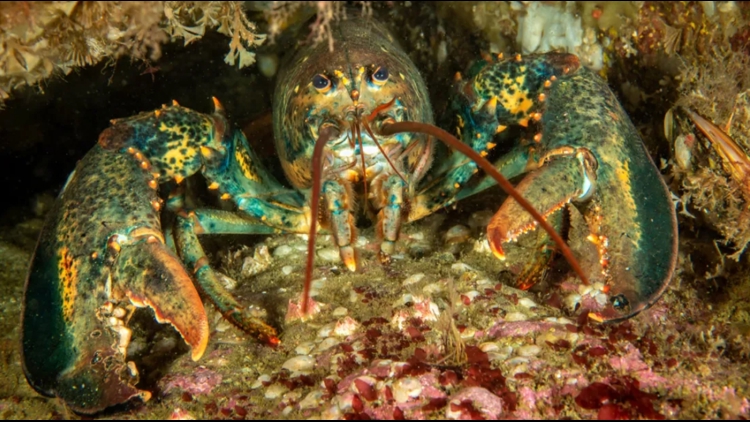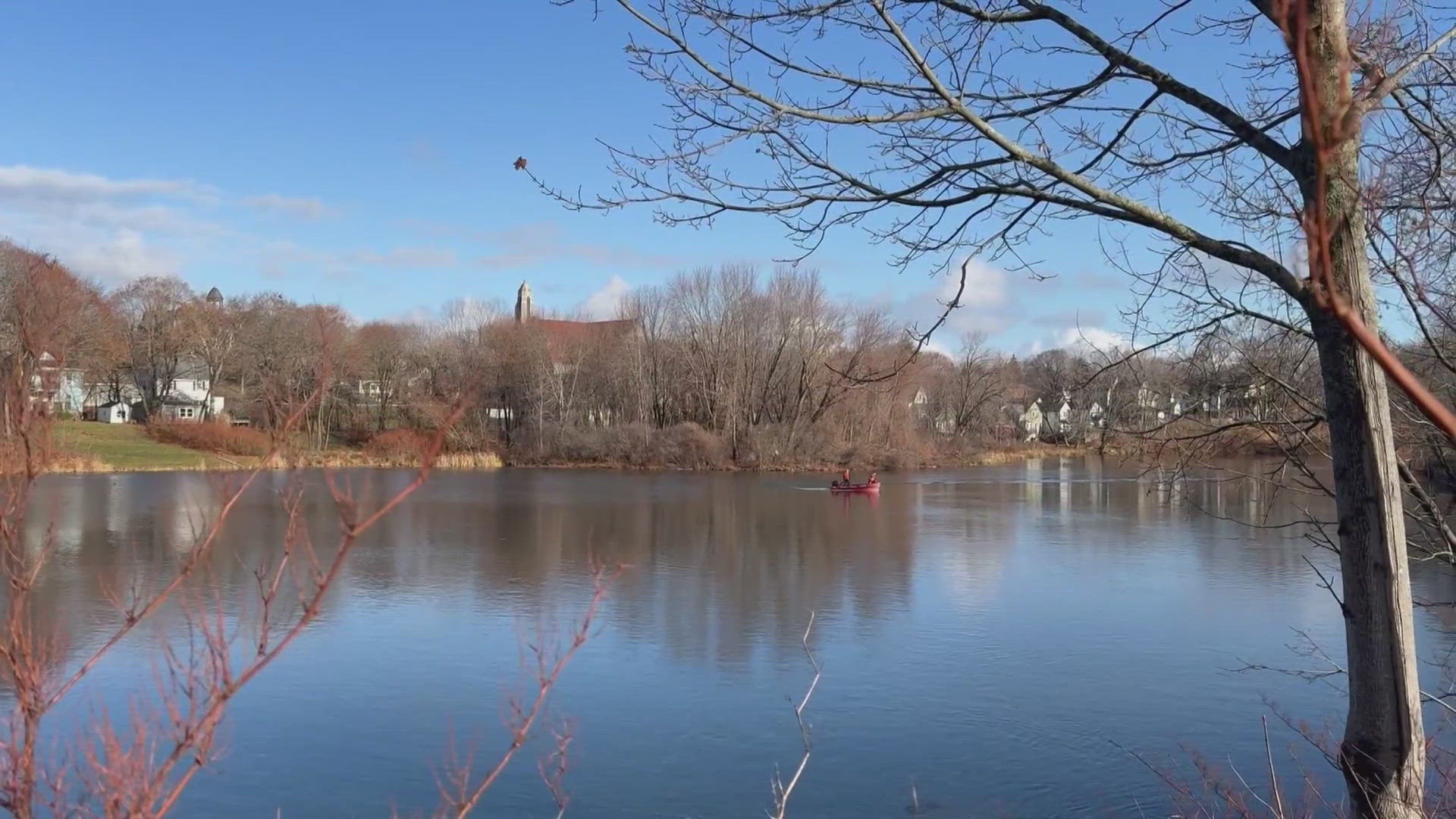MAINE, USA — Lobster fishing has been a good business in the Gulf of Maine for a long time. With the exception of a few notable dips, both the landings and value of the catch have been on an upward swing for decades.
Between 1984 and 2014, the lobster population in the Gulf of Maine jumped an estimated 515 percent, while simultaneously declining by 78 percent in southern New England as the water warmed in both regions.
While it’s started to decline in recent years, numbers are still far higher than they were several decades ago.
The result? A lobster housing crisis.
“The warming sea temperatures have actually created a real sweet spot for lobster reproduction,” said Brian Skerry, a National Geographic photographer and producer on the recent GBH/PBS series Sea Change, which explores the impact of climate change on the Gulf of Maine.
Skerry, who lives in York, has been diving in the Gulf of Maine since childhood. But when he began diving on the Isles of Shoals for his most recent project, he saw something he’d never seen before: lobsters crawling all over the bottom, digging foxholes in the sand.
“I wasn’t used to seeing that,” said Skerry. “Usually they’re tucked away in rocky crevices and dens.”
Win Watson, a lobster scientist at the University of New Hampshire, clued him in. “He said, ‘Well, what you’re seeing, Brian, is actually a direct result of climate change.
Because there’s such an abundance of lobsters, the good rocky crevice habitat has been taken by the lobsters that got there first, and now you’ve got these other lobsters that have to sort of dig a temporary, low-rent condo out in the sand.’ ”
“It’s a lobster housing crisis,” said Skerry.
The Gulf of Maine is an ecological treasure trove. More than 1,000 feet deep at its deepest point, the waters are an “amazing confluence of currents,” said Skerry, mixed by the world’s largest tides.
“If you were making a perfect recipe, if you were going to bake the perfect cake, you need all the right ingredients,” said Skerry, “You need the right mixing. And in this case, because the Gulf of Maine is in a temperate zone and it also has seasonal stratification from the seasons, it’s led to this proliferation of life that is really unique in the world.”
It also suffers, Skerry wrote in a cover story for National Geographic that ran in June, from that curse of the oceans: “Its exterior hides what lies beneath — both the exquisite natural beauty and the ongoing devastation.”
The Gulf of Maine is warming faster than nearly all other areas of the world’s oceans. Currents are shifting, bringing warm water from the Gulf Stream closer to the coast. Melting glaciers in the Arctic are sending the Labrador Current’s dense water into the Atlantic, pushing it away from Maine.
“Coming back to this after decades of not really diving the Gulf of Maine I was shocked to learn and see how much had disappeared,” said Skerry. “I went to some of my usual haunts – places like Eastport Maine that used to be like a jewelry store, like an aquarium. It was like a ghost town.”


Skerry, who produced the series, did see some hopeful signs, like the tiny silver alewives that had returned to many rivers with the removal of dams up and down the coast.
“They’re a real source of energy and protein for so many animals. And for a very long time, they were no longer here. So you see this restoration — with a little bit of conservation, like removing the dams, they come back and are healthy.”
But mostly he saw rapid — and in many cases, devastating — change.
Lobsters are showing signs of becoming skinnier as one of their primary larval food sources, the tiny, fatty Copepod, shows up earlier in the season. That could have impacts higher up the food chain as well.
“They’re getting skinnier, so they may not provide the nutrition to the animals that eat them,” said Skerry.
Sea birds were another “very visual” indicator of climate change, said Skerry. As ocean temperatures rise, the tiny, slender-bodied fish, like sand lances, herrings and whitings, that puffins and terns have historically fed to their chicks have become less abundant, replaced by larger fish like butterfish.
“The parent doesn’t really know the difference,” said Skerry. “They’re out there foraging. They see a silver fish. They catch it, they bring it back to their chick, but because it’s a wide-bodied silver fish, the chick can’t swallow it. We have video of the little chick trying to swallow it and either choking or spitting it out.”


For a long time, said Skerry, humans have directed nature into silos, “when in reality, everything is interdependent.”
“I believe that we’re living at a pivotal moment in history where maybe for the very first time, humans understand both the problems and the solutions for our planet. And we just need a collective will, a desire, to move toward those, those solutions.”
This story was originally published by The Maine Monitor, a nonprofit and nonpartisan news organization. To get regular coverage from the Monitor, sign up for a free Monitor newsletter here.



